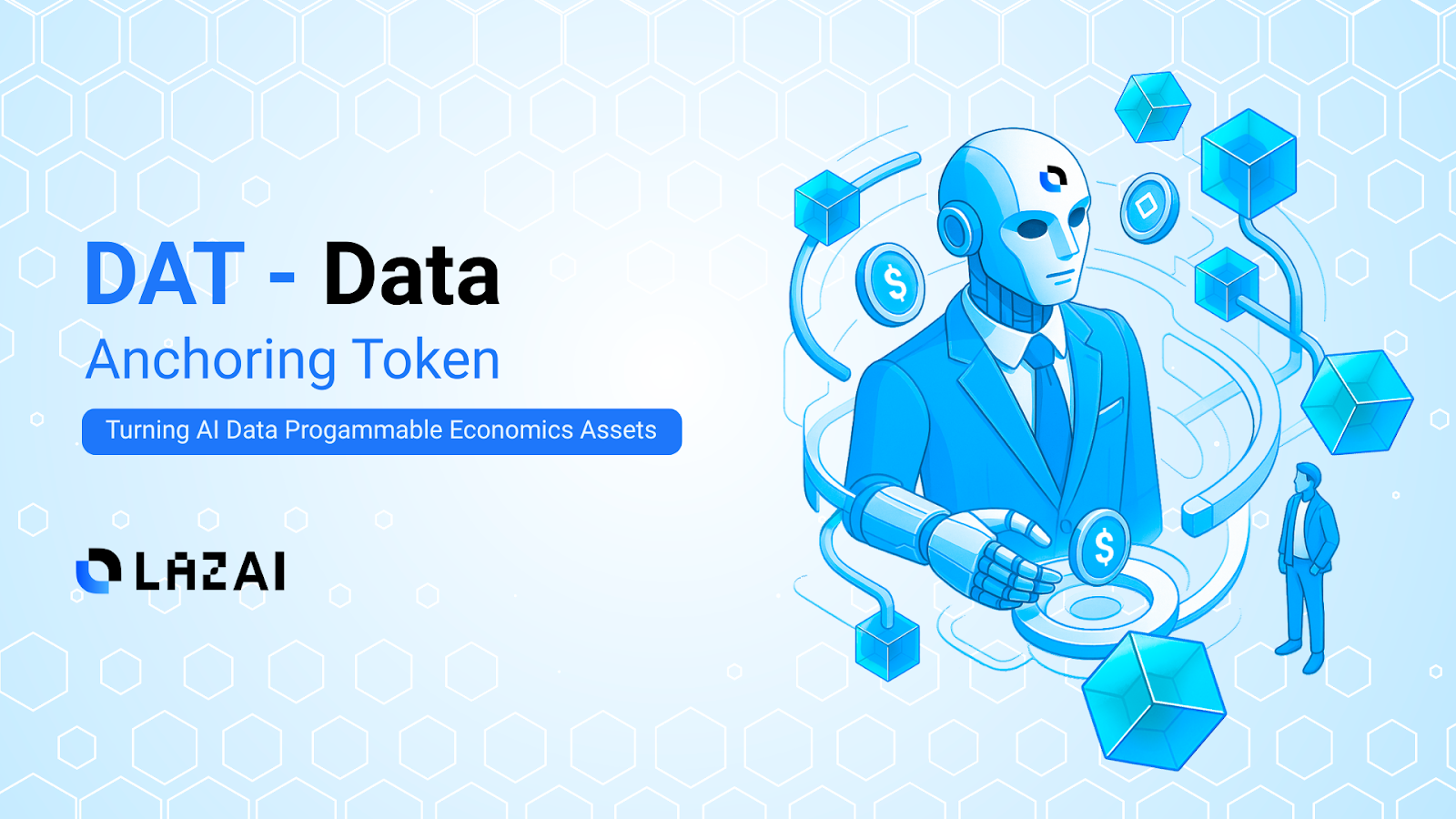


.png)


As artificial intelligence becomes more integrated with decentralized systems, a new class of blockchain infrastructure is emerging. In a recent interview, Metis Co-Founder Elena Sinelnikova emphasized that anyone building AI tools in Web3 is on the same team, because the mission is shared. All of Web3 should unite to ensure AI works for humanity, not against it.
These platforms are not just enabling AI, they are rebuilding how data, compute, and incentives flow across intelligent agents and decentralized networks. At Metis, where scaling and composability drive our vision, we are proud to support the builders at the forefront of this evolution. Here are five standout AI infrastructure projects redefining what is possible in Web3.
Bittensor is a decentralized network that rewards participants for contributing to a global AI model. It utilizes an incentive structure with similar mechanisms to Bitcoin. Unlike traditional closed AI systems, Bittensor builds an open economy where machine learning nodes compete and collaborate, improving a shared intelligence layer.
Bittensor's approach turns compute into a tradeable commodity and gives contributors ownership over the AI services they help build. It is one of the most mature examples of tokenized AI compute coordination in the space.
Gensyn is building a decentralized network for machine learning training that is deeply aligned with Ethereum's principles. The protocol uses Ethereum mainnet as its settlement layer, ensuring transparency and immutability in how training jobs and proofs are managed.
Its incentive system is fully Ethereum-native, with rewards and validation coordinated through smart contracts. Gensyn also embraces open validator participation, allowing anyone to contribute compute and earn for verified output.
Virtuals created waves in the crypto markets last year with its ‘Society of Agents’. But there was real signal within the noise. Born on Base and recently expanded to Solana, Users have launched thousands of onchain agents capable of interacting socially, via Virtuals. Including the notable AIXBT, which claims an impressive share of Crypto Twitter mindshare.
This transparent and fair access model inspired LazAI’s launch of LazPad, which combines the best of Virtuals' agent launchpad mechanics with the playful, viral appeal of PumpFun.
LazAI is building the foundation for an internal AI economy powered by onchain incentives, verifiable compute, and composable intelligence. At the heart of LazAI is the Data Anchoring Token (DAT), which transforms AI agents into interactive digital assets. These agents grow through user interaction, and their memory and logic can be transferred, shared, and monetized.
LazAI also recently introduced LazPad, the platform's ‘Play First’ launch environment for experimental AI agents that evolve over time. From AI-native tools to data-sharing protocols, LazAI is showcasing a full-stack vision where developers, users, and agents co-create value. Join the LazAI Pre-Testnet to be an early adopter.

Hyperion is a Layer 2 chain purpose built for AI utilizing Metis tooling. With native parallel execution and high throughput architecture, Hyperion is optimized to support swarms of AI agents interacting, reasoning, and transacting onchain in real time.
As AI models scale and demand faster feedback loops, Hyperion provides the performance backbone without sacrificing decentralization. It is where verifiable inference, real time AI gaming, and low latency marketplaces are starting to take shape. For AI developers who need blockchain speed that matches agent reactivity, Hyperion is the chain to watch.
Final Thoughts
AI and blockchain are no longer separate tracks. The most exciting frontier today is where they converge, where agents own data, compute earns yield, and intelligence becomes composable. At Metis, we are proud to support and collaborate with projects pushing these boundaries.
Whether you are building on Hyperion, minting your first DAT on LazPad, or exploring incentive design with Bittensor, now is the time to experiment. The infrastructure is ready. The future of intelligent, decentralized systems is being built today.